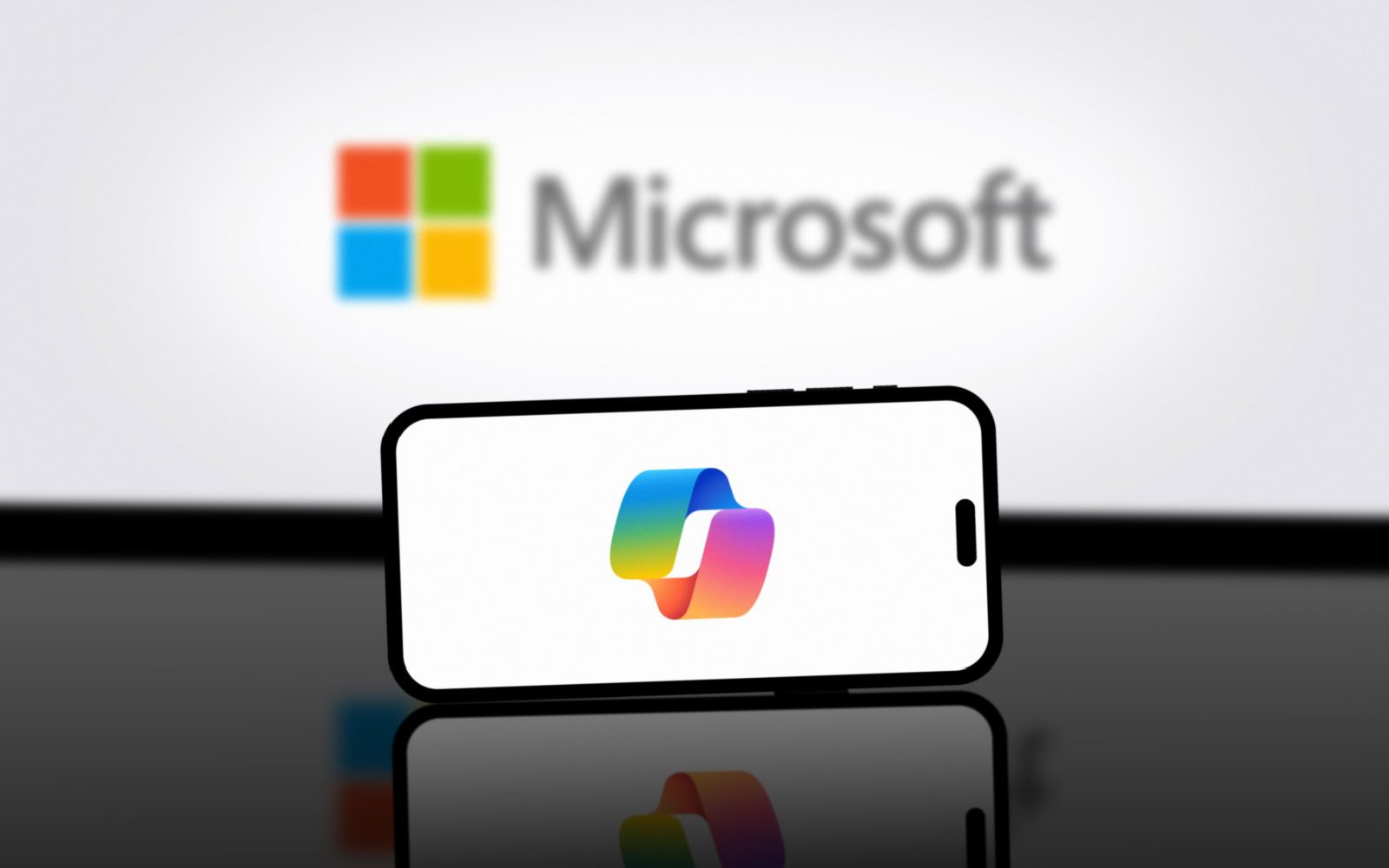Microsoft Ads made some significant enhancements for ads in Copilot last week.
Not only have they made updates to the Copilot user experience, they’ve integrated more AI features for advertisers within Microsoft Ads.
These updates continue to shape how users interact with Copilot and how advertisers interact with the Microsoft Ads platform.
Let’s take a look at the new updates rolling out.
New Streamlined Experience for Ads in Copilot
Part of the evolution of Microsoft Copilot is aiming to simplify, yet personalize, the user’s digital experience.
The update will now better depict the difference between an organic listing and a sponsored conversation within Copilot.
They’re making that happen by featuring ads in Copilot below the Copilot organic response.
To make the experience more relevant to users, there will be fewer annotations and extensions shown.
Additionally, ads will now be triggered based on the whole conversation within Copilot, not just the last prompt a user gives.
Copilot has released a feature called “ad voice” which will introduce how the ads are relevant and connected to their Copilot conversation. This is shown before an ad blocker to give the user a chance to experience the ads within the conversation.
The updated experience will roll out later this month, starting on copilot.microsoft.com, and then will expand to both iOS and Android apps, along with the experiences in Bing and Microsoft Edge.
New Generative AI Tools in Microsoft Ads Platform
On the other side of Copilot updates, there’s a few new features using Copilot’s AI technologies to help advertisers boost productivity and insights.
Diagnostics Tool
The new Diagnostics feature in Copilot for Microsoft Ads will help lend a hand to advertisers to review items like:
- Campaign setup
- Assess overall account health
- Diagnose where to shift attention or focus to
- Provide next steps on a diagnosis
This takes place within the Copilot conversation experience and is set to start piloting later this month.
It’s goal is to save advertisers time on day-to-day campaign management so they can spend more time analyzing and optimizing their accounts.
Performance Snapshot
Another new feature within Copilot for Microsoft Ads is the performance snapshot.
Similar to the diagnostics tool, advertisers will use the conversational experience to ask Copilot how their accounts are doing.
They can get insights on items like:
- Summary of key insights
- Account or campaign key insights
- Trends
- Any anomalies
- And more.
The performance snapshot will also start piloting later this month, and will gradually roll out to all eligible regions when available.
Summary
Microsoft continues to develop and evolve its solutions from direct feedback from users and advertisers, which is a welcome experience for advertisers alike.
For advertisers already using Microsoft Ads, look for these key features in the upcoming weeks or months.
If you’re not currently using Microsoft Ads, it may be worth testing out a portion of your PPC budget this season to compare how its performance measures up against your Google Ads campaigns.










